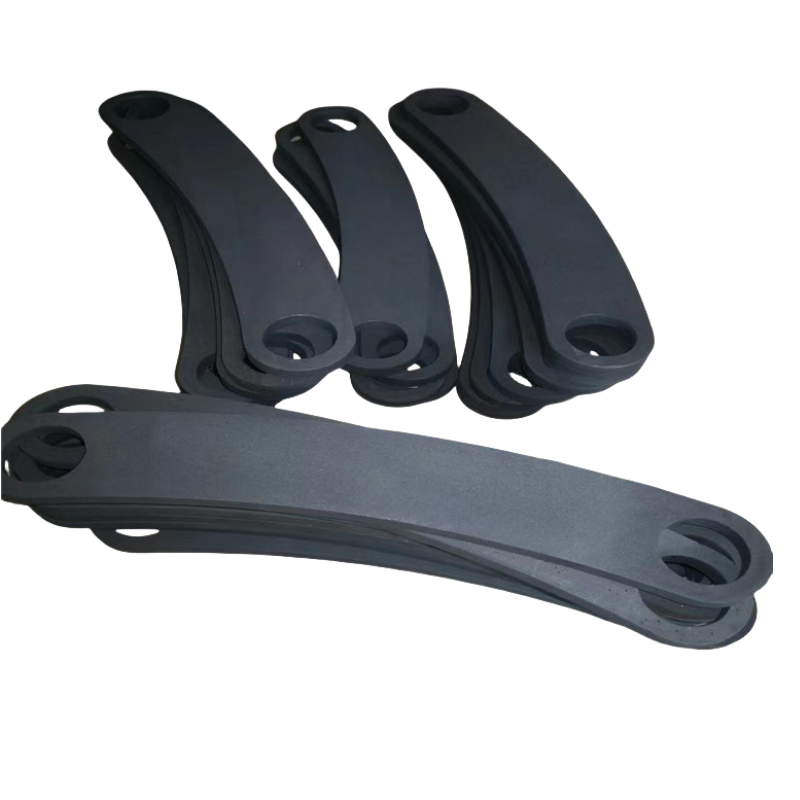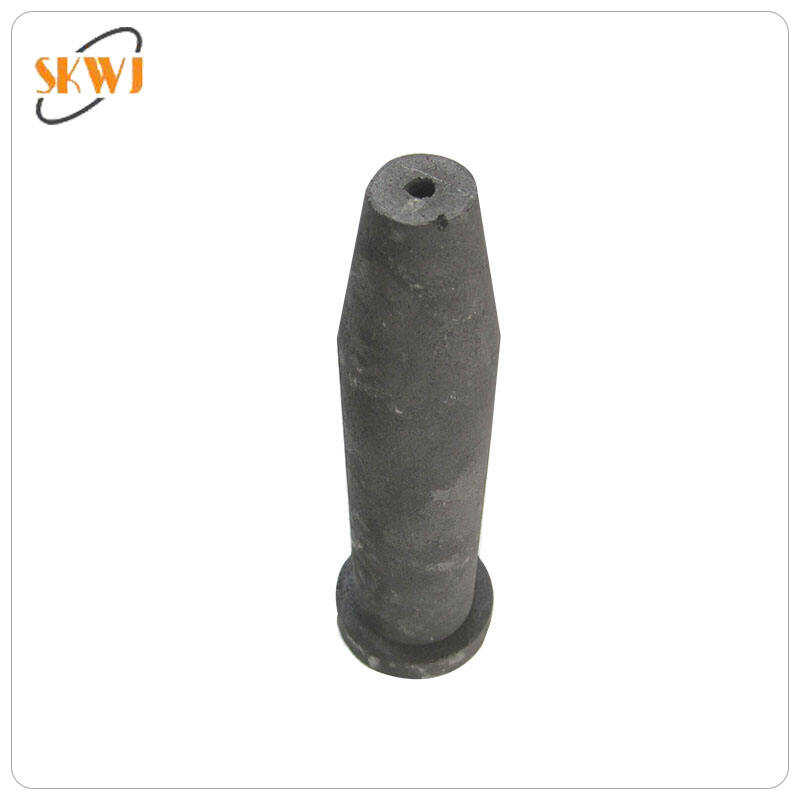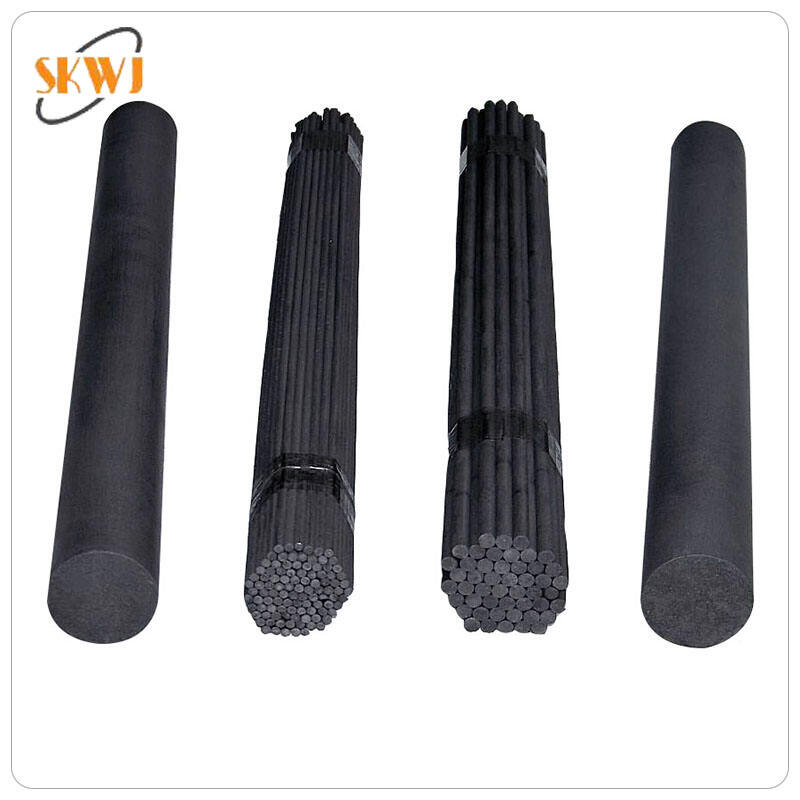graphite die casting
Graphite die casting represents an advanced manufacturing process that combines the durability of graphite materials with precision casting techniques. This innovative method utilizes specially designed graphite molds to produce high-quality metal components with exceptional surface finish and dimensional accuracy. The process involves heating metal to its melting point and injecting it into a graphite die cavity under high pressure. The unique properties of graphite, including its excellent thermal conductivity and resistance to thermal shock, make it an ideal material for die casting applications. The graphite dies can withstand repeated thermal cycling while maintaining their dimensional stability, ensuring consistent part quality throughout production runs. This technology is particularly valuable in industries requiring complex metal components with tight tolerances, such as aerospace, automotive, and electronics manufacturing. The process enables the production of intricate shapes and thin-walled sections that would be difficult or impossible to achieve with traditional die casting methods. Additionally, graphite die casting offers superior thermal management during the solidification process, resulting in enhanced metallurgical properties and reduced porosity in the final products.





